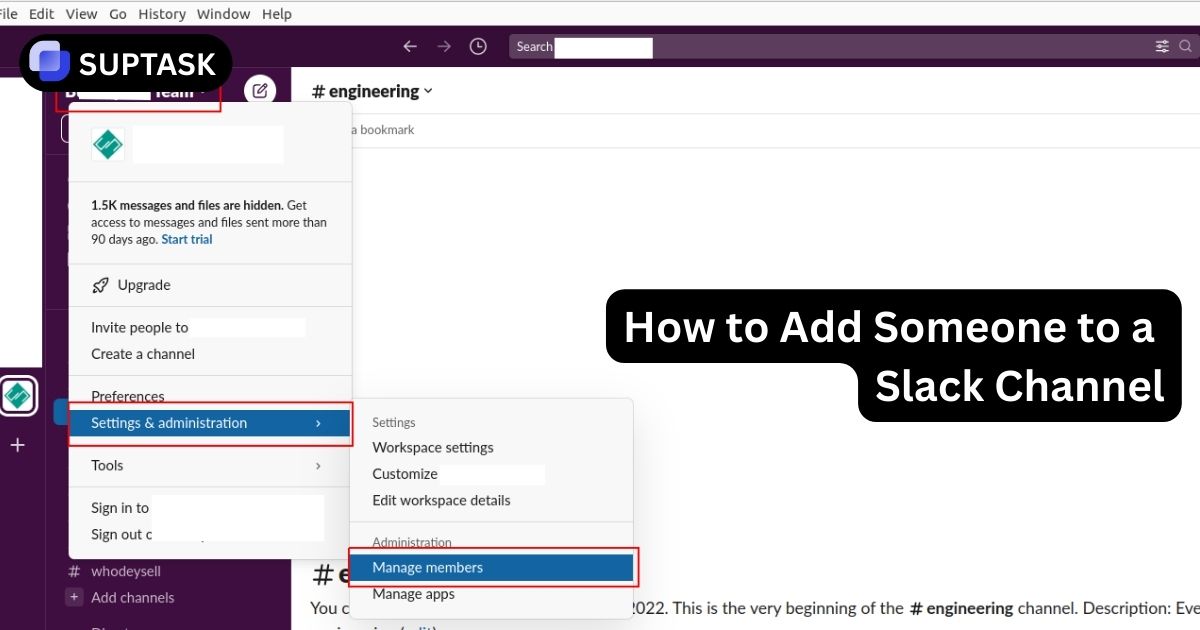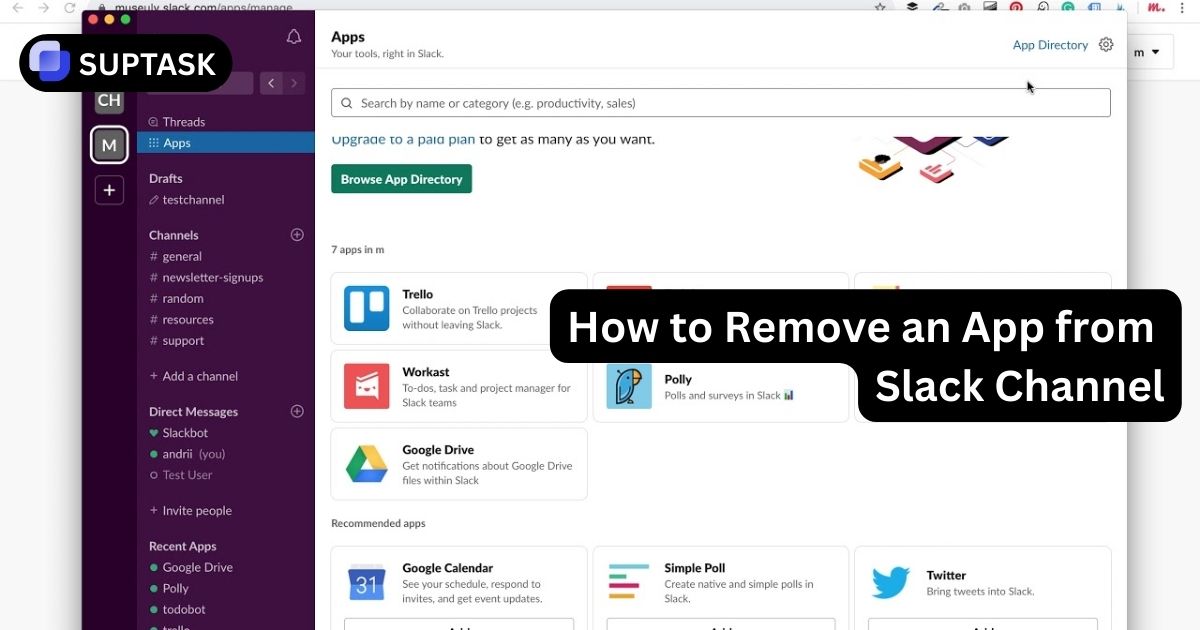Are cross-functional teams the secret to business agility and innovation? Incorporating varied expertise from across an organization, they are designed to accomplish goals traditional teams cannot.
We delve into the essence of cross-functional teams, their impact on business flexibility and problem-solving, and key practices for effective integration and management within your company.
Key Takeaways
- What is a Cross-Functional Team? A group comprising members from different departments (e.g., marketing, finance, HR) working toward a shared goal.
- Benefits: Improved innovation, faster problem-solving, better communication, and increased operational efficiency.
- Challenges: Misaligned goals, communication breakdowns, and difficulties maintaining collaboration.
- Best Practices: Clear roles, SMART goals, effective tools, and continuous monitoring.
The Definition Of Cross-Functional Teams
.webp)
Cross-functional teams unite members from various departments—such as marketing, product development, sales, and customer success—to work on a common objective. This approach enables organizations to tap into a broad skill set, improving flexibility and problem-solving capabilities.
Why are they important?
In fast-changing markets, these teams offer adaptability by combining diverse perspectives and specialized expertise. They are particularly effective in solving complex problems, accelerating product development, and fostering a culture of innovation.
Who Makes Up a Cross-Functional Team?
A well-rounded cross-functional team typically includes professionals from:
- Finance
- Marketing
- Operations
- Human Resources
By involving different expertise, these teams tackle challenges from multiple angles, leading to better decision-making and project outcomes.
Consequently, this results in a heightened capability for problem-solving and efficient project initiation and execution by fully using varied abilities tailored to particular tasks within the group.
Characteristics of Cross-Functional Teams
Cross-functional teams are distinguished by their rich diversity, bringing together team members with varied experiences, genders, ages, and from different departments.
Cross-functional teams stand out due to their:
- Diversity: Different backgrounds, skills, and experiences.
- Collaboration: Emphasis on clear, consistent communication across departments.
- Goal Alignment: A unified focus on achieving shared business objectives.
To foster effective collaboration, use project management tools that facilitate task tracking and internal ticketing system to streamline communication.
Tools That Boost Cross-Functional Efficiency
- Automation Tools: Reduce repetitive tasks and streamline workflows.
- Communication Platforms: Improve information sharing across departments.
- Project Management Systems: Maintain clear task visibility and accountability.
Effective communication is at the core of these functional teams. It is critical for uniting individuals within such diverse teams and achieving shared objectives. To even better cross-collaboration, consider Suptask, the Slack ticketing system.
The purpose of cross-functional teams
.webp)
The core goal of cross-functional teams is to harness diverse expertise for solving complex problems and improving organizational efficiency. These teams:
- Enhance innovation by blending different perspectives.
- Facilitate faster decision-making by breaking silos between departments.
- Improve customer experiences through collaborative solutions.
By aligning departments around shared goals, cross-functional teams work efficiently. They collaborate towards common aims, which can reduce task time, boost productivity, and keep customers happy. Integrating an email-based ticketing system enables smooth coordination between teams by managing all support-related communications in one centralized platform, thus enhancing productivity and ensuring timely task completion.
Pros and Cons of Cross-Functional Teams

Like any team structure, cross-functional teams have pros and cons. They often generate new ideas and work efficiently.
But they can also face challenges. Team members may not understand each other's roles well, which can cause conflicts or unfriendly behavior.
✅ Benefits of Cross-Functional Teams
Cross-functional teams bring people with different skills together. They see things from new angles. This mix of views helps make new and better solutions. When people from different parts of a company work as a team, it improves:
- Faster Problem-Solving: Diverse expertise leads to quicker and better solutions.
- Enhanced Collaboration: Improved interdepartmental communication and shared goals.
- Innovation Boost: Different viewpoints foster new ideas and creative solutions.
❌ Challenges of Cross-Functional Teams
Understanding the possible downsides is key to making cross-functional teams work well. People from different teams may have conflicting goals.
- Goal Misalignment: Conflicting priorities can slow down progress.
- Communication Breakdowns: Remote members may struggle with effective collaboration.
- Meeting Inefficiency: Poorly structured meetings can waste time and reduce output.
How to Build a High-Performing Cross-Functional Team
Understanding the nature and demands of cross-functional teams leads us to consider how one can build a successful and high-performing team of this kind. This is not an endeavor to be approached lightly.
Follow these steps to create a successful cross-functional team:
- Define Clear Objectives: Use SMART goals (Specific, Measurable, Achievable, Relevant, Time-bound).
- Select the Right Members: Choose individuals with the right expertise and collaborative mindset.
- Establish Clear Roles: Implement the RACI model (Responsible, Accountable, Consulted, Informed) for role clarity.
- Foster Open Communication: Encourage regular updates and cross-departmental dialogue.
- Leverage Collaboration Tools: Invest in automation and project tracking platforms for better efficiency.
Teams may also benefit from a free ticketing system to streamline support and issue management without straining resources, especially in smaller or budget-conscious teams













